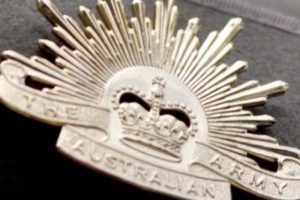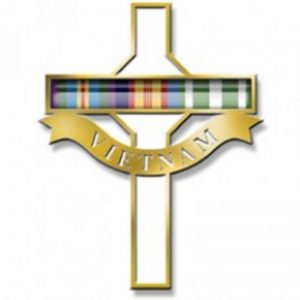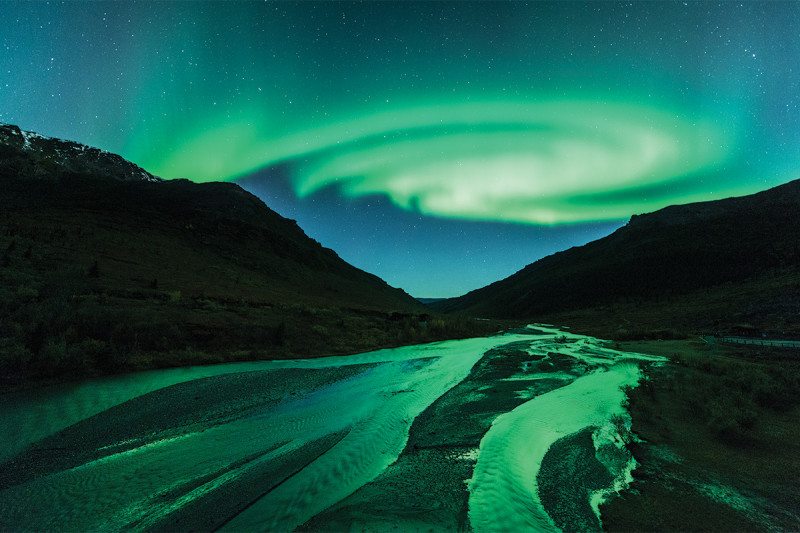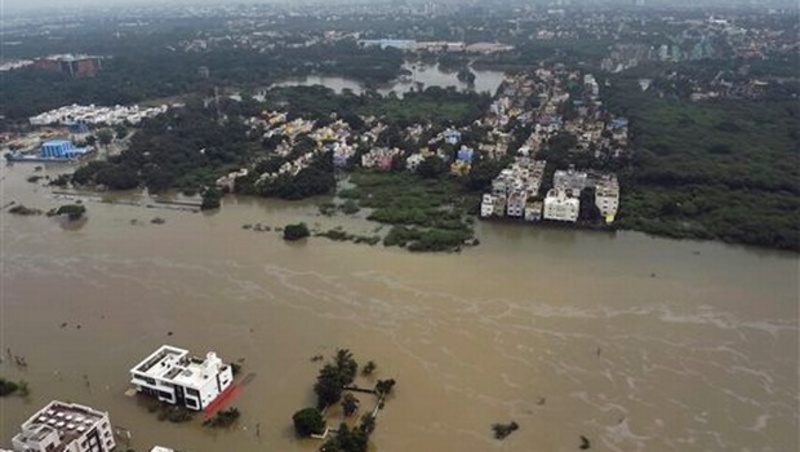
From the WIA, original post here.
Date : 02 / 09 / 2016
Author : Phil Wait – VK2ASD
The hike in postage rates by Australia Post late last year has resulted in a review of how organisations communicate with customers and members. Banks and many other service providers are now encouraging their customers to receive notifications and accounts electronically. The ACMA, and all of government, prefer to use electronic methods including website logins, SMS messages and email.
The WIA is no different, and recently it has conducted a review of our postage expenditure, as mentioned at the annual general meeting on Norfolk Island. Of course some things must, for the time being at least, be sent through the postal system. However, the WIA has already taken steps to reducing postage where possible.
Exam Service
The WIA Exam Service has been using the now very expensive yellow Express Post satchels to send out exam packs. This is changing to the red ordinary post satchels which are a little slower delivery but still have tracking. This action will have a minimal impact on Assessors as the majority hold sufficient exam packs, and are ordering them well in advance of assessment dates.
AR Magazine
The WIA has introduced a paper magazine opt-out system for members that only wish to receive the digital copy of Amateur Radio magazine, not the paper copy in the post. That will further ease the pressure on the postage costs. Members who don’t wish to receive the magazine in the post should log into Memnet via this Link and select “Update Details” marking the check the box “Do Not Send Hardcopy AR Magazine”. Alternately you can use the Contact WIA form on the WIA website and send a message to WIA National Office providing your member number and request to opt out from receiving the paper edition. Link
Remember, this is an Opt-out system – those members who still value their paper copy of AR Magazine delivered in the post will not be affected, and do not have to do anything.




